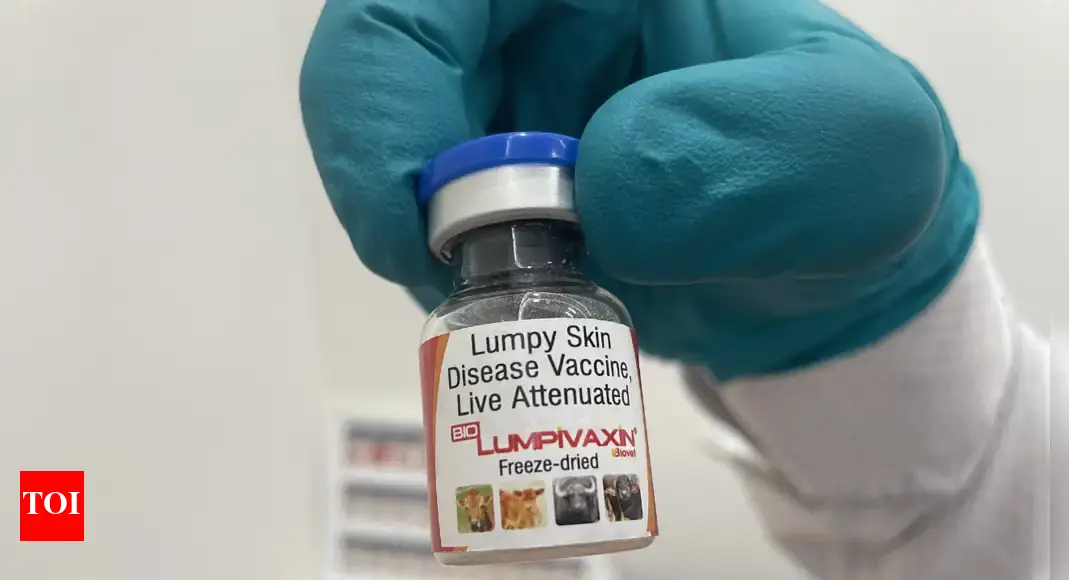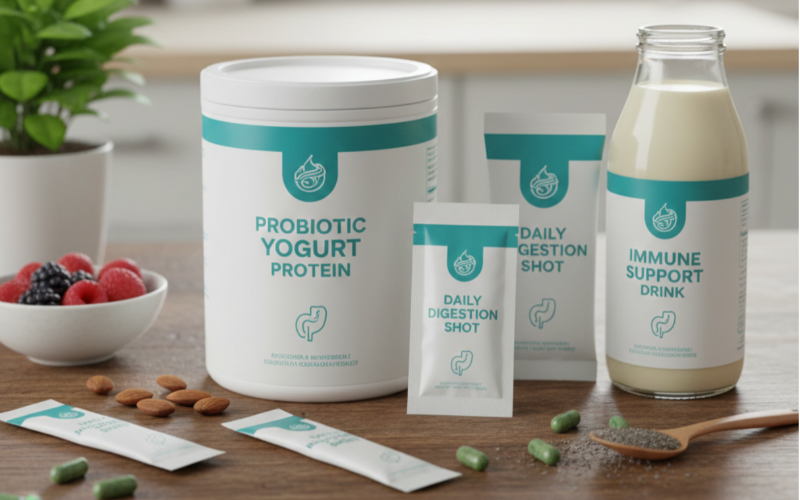Vaccine Hope for Dairy Scourge: Biovet, ICAR Develop Cure to Curb Lumpy Skin Disease in Cattle

Biolumpivaxin: A New Hope for India's Dairy Industry
India's Central Drugs Standard Control Organisation has approved Biolumpivaxin, a new vaccine for cattle and buffaloes against lumpy skin disease (LSD). Developed jointly by Biovet and the Indian Council of Agricultural Research (ICAR), Biolumpivaxin is designed not only to protect against LSD but also to distinguish between infected and vaccinated animals using the DIVA (differentiation of infected from vaccinated animals) markers.
The Rising Threat of Lumpy Skin Disease
Lumpy skin disease, a contagious viral infection spread by flies, mosquitoes, and ticks, has devastated cattle populations in India, resulting in significant economic losses for farmers. First identified in the country in 2019, the outbreak reached alarming levels by 2022, infecting nearly 90% of cattle. The disease can cause fever, swollen lymph nodes, lumps under the skin, and a decrease in milk production.
A Stride Towards Disease Control
Biovet's announcement of the Biolumpivaxin vaccine comes at a critical time, with predictions of renewed outbreaks in the summer of 2025. The vaccine's approval and its ability to identify vaccinated animals could prove vital in curbing the spread and economic impact of the disease.
Preparing for the Future
As the 2022 outbreak built natural immunity among cattle, scientists warn that immunity may wane over time, making the livestock susceptible once again. The use of DIVA vaccines like Biolumpivaxin is seen as crucial in managing future outbreaks and protecting India's dairy industry from prolonged impacts.
Biovet's facility in Mallur, Karnataka, can produce up to 500 million doses annually, awaiting the government's procurement decision for a commercial rollout. This innovation in animal disease control underscores the significance of continued efforts in research and development to safeguard agricultural economies.











